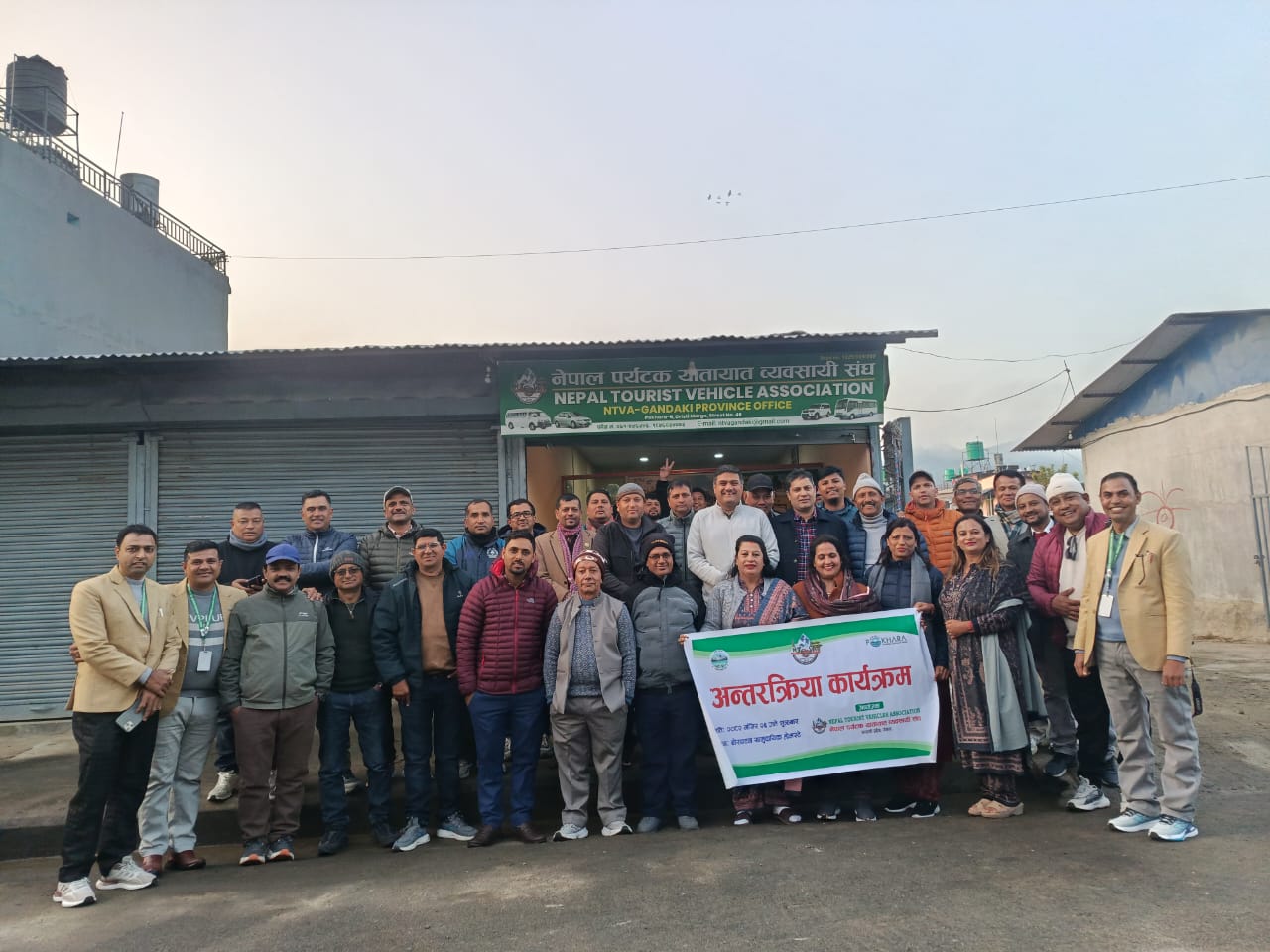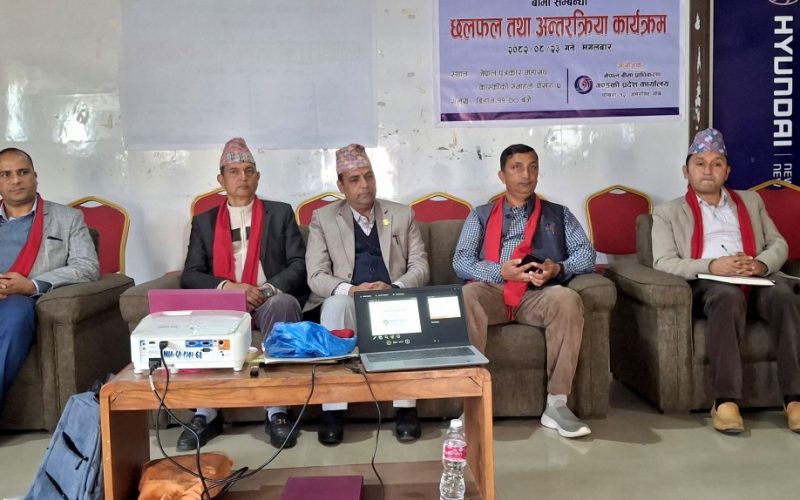
Kathmandu. It’s too early to know if the COVID-19 school and university closing has impacted Nepal’s education system, although there are some signs that it could have a long-term effect on students.
It’s crucial to consider the basic distinctions between what could be called “natural” schooling and the current socially/physically distanced education in order to comprehend the effects of school closing and the resulting technolised education. Considering the unavoidable differences in parents’ socioeconomic, linguistic, and educational contexts, students would have varying access to knowledge and resources, as we suggest. As a result, if the home and community are to be mobilized, the histories and vulnerabilities of the home and community must be taken into account. In other words, curriculum must be reimagined as a community-based practice during COVID-19 and beyond. “While teachers in community-embedded education offer support and assist students in setting goals and pathways,” it should be recognized that the practical implementation of the instructional activity (and, therefore, its outcomes) would ultimately be determined by the services, resources, qualifications, and experience of those participating in the process.

BBA FIRST SEMESTER
KATHMANDU UNIVERSITY SCHOOL OF MANAGEMENT
(KUSOM)
External evaluations of all kinds (including board examinations including the Secondary Education Examination) have been delayed, and nearly all internal tests have been canceled. The cancellation of exams has a negative effect on the learning of students. Students are anxious when they are trapped in the same grade/class they have been in for a whole year. Similarly, many students want to study overseas, but their plans are already in doubt because by the time they finish their final/board exams and receive their qualifications, it could be too late to register for the next academic year in other countries. While the pandemic has had a crushing impact on the education sector, it has also caused a lot of uncertainty for Nepali students who are enrolled or planning to enroll in overseas universities because they are now prohibited from leaving the country. In other words, the pandemic has harmed students’ chances of studying overseas, and may have long-term consequences for Nepalese schooling and economy. As a result of the pandemic, Nepal’s education system could suffer a setback, with the ripple effect being apparent after lockdowns are lifted and schools/universities reopen. Teachers and students may be under a lot of pressure to make up for all the time lost; for example, teachers may have little time to discuss many subjects in their classes, and students will feel stressed to learn a lot in a brief period of time.
Because secondary schools that served as feeders for higher education have closed, there is a risk that many students will enter higher education without having developed the skills necessary to succeed. The condition is expected to intensify an already failing educational system.
Dropout rates are expected to rise as a result of the COVID-19 school closing. The effect of COVID-19 on Nepalese education is expected to be similar to that of the Ebola epidemic (on education) in Africa, which resulted in considerably higher drop-out rates in Guinea, Liberia, and Sierra Leone, the countries hardest hit by the outbreak .The longer schools are closed, the more drop-outs occurs. People are less likely to see themselves as beginners when they interrupt a learning program for an extended period of time. Re-enrollment and re-engagement is even more difficult (both logistically and psychologically). In Nepal, the dropout rate is likely to increase for two reasons. First, many parents have lost their jobs as a result of the pandemic, and their financial situation has worsened more than ever. As a result, certain parents may be unable to afford for their children to attend school or university, and children may be forced to work to help support their families financially. In rural areas, the condition is expected to worsen. Parents of rural localities may be hesitant to bring their children back to school since they may want their children to continue to help them in farming and livestock herding,” Second, Nepal’s economy is heavily reliant on foreign labor. “Nepal is the 19th largest recipient of remittances . Nepali migrant workers sent home $8.1 billion in 2018,” according to Prasain (2019). Indeed, remittances support a huge number of Nepalese families, but the pandemic has wreaked havoc on overseas employment, causing people to leave their jobs and return to Nepal. In Nepal, this situation could lead to a higher dropout rate.
While several other countries race to fill the gap of e-learning options, Nepal seems to be lacking in adequate plans to deal with the problems posed by the pandemic. About all schools and colleges have been suspended for more than months, with no indication of how long this will last. Recently, the government announced plans for virtual classes via radio and television, as well as encouraging teachers to provide online classes . Making the switch to online classes is, however, incredibly challenging in Nepal due to the following three factors.
To begin with, nearly all schools and colleges (with the exception of the most prestigious) have no prior experience with online classes. Indeed, most teachers do not seem to have the experience to manage online classes because they are either not eligible or have never taught online before. According to Pandit, only 1% of public-school teachers can teach online classes . Second, only about 56% of people are supposed to have access to the internet (many with just limited access). Just 8% of households and 12% of schools have access to both the internet and digital devices, according to data. For many parents and/or colleges, access to the internet or computers is still prohibitively expensive. In most classrooms, unfamiliarity among teachers and school administrators, in addition to technology, is an obstacle to delivering distance learning. Third, a large number of pupils, parents, and teachers are computer illiterate. Indeed, according to the Central Bureau of Statistics (2012), the national literacy rate is just 65.94 percent, and electronic illiteracy could be even higher.
Despite the fact that Nepal, like other developed countries, is undergoing technical change, there has been very little improvement in the adoption of ICT-related policies in general and ICT education in particular. For example, there was a campaign to unite the world under a single, free Wi-Fi infrastructure, and the National Information and Communication Technology Policy 2015 targeted “to provide internet connectivity to the whole population of Nepal by 2020”. However, only about 72% of people have access to the internet as of today, and the majority of them live in urban areas. Similarly, the School Sector Reform Plan (SSRP) 2009-2015 (Ministry of Education, 2009) aimed to expand ICT infrastructures in schools to support ICT-related teaching/learning strategies; the Three-Year Plan 2011-2013 focused on the use of ICT in school education (NPC, 2011); and the ICT in Education Master Plan 2013-2017 (i.e., a policy related to ICT in school education) aimed to expand equitable access to ICT in school education. ICT is considered a major instrument in the latest School Sector Development Plan 2016-23 to maximize access to teaching-learning materials, increase classroom delivery, and improve the reliability and efficacy of educational management and governance. However, the policies do not seem to have been correctly enforced. As a result, the vast majority of schools now lack both ICT facilities and internet connectivity.
Digital education, particularly during COVID-19 school closures, is insufficient, fractured, and uncoordinated, as outlined in the previous parts. It was pointed out that the effects of school closures on access to quality schooling and learning opportunities have widened the divide between deprived students who live in rural areas and those who live in urban areas.

















